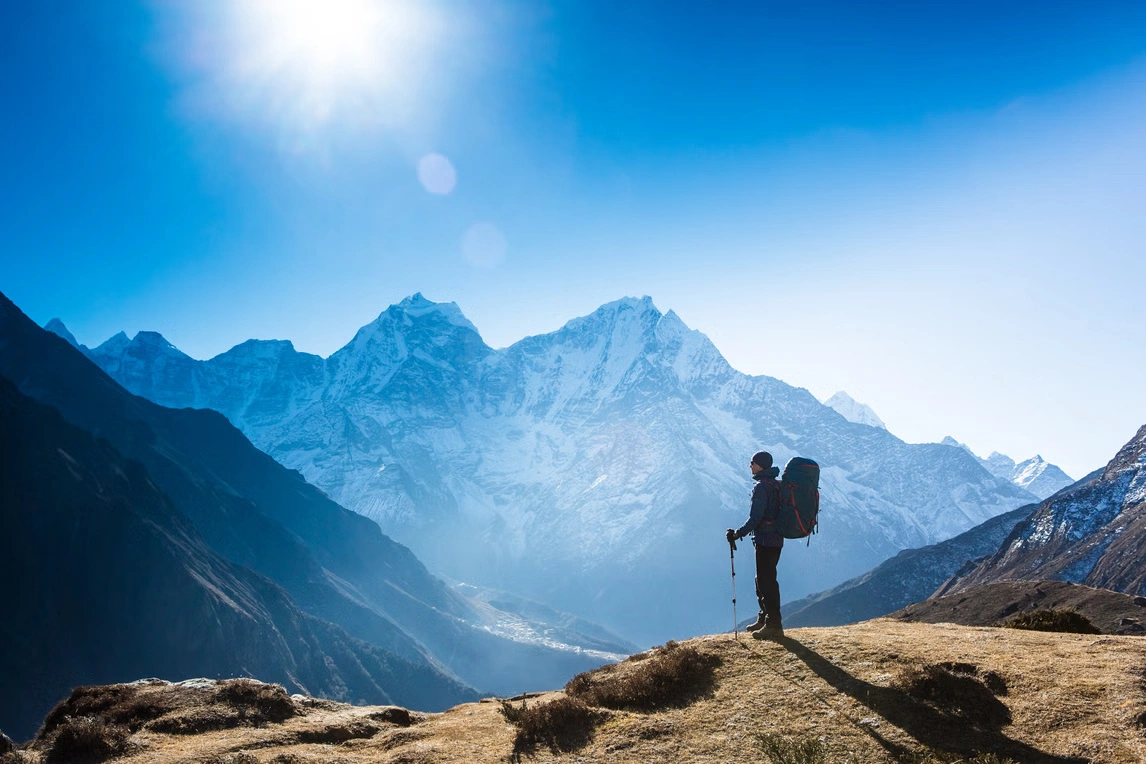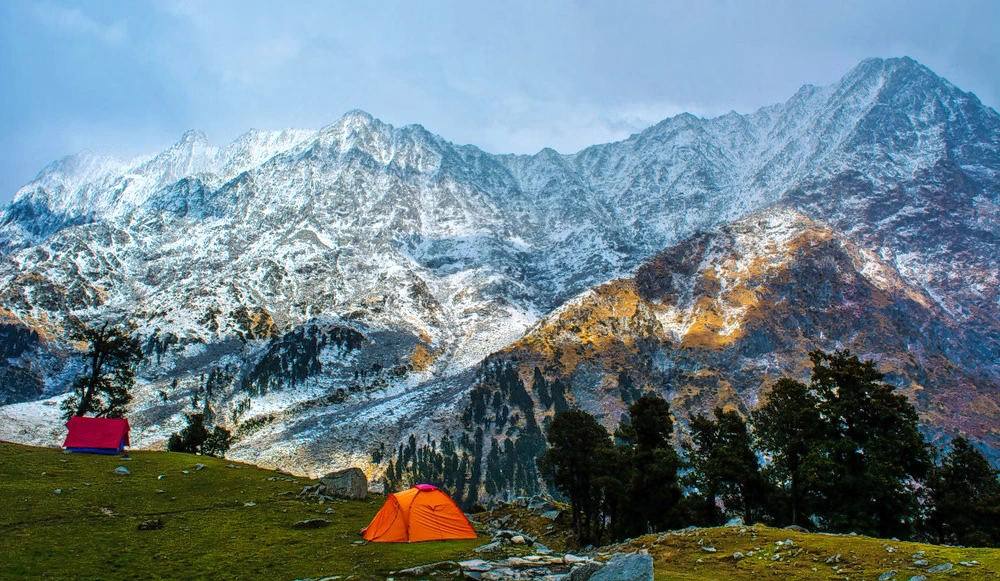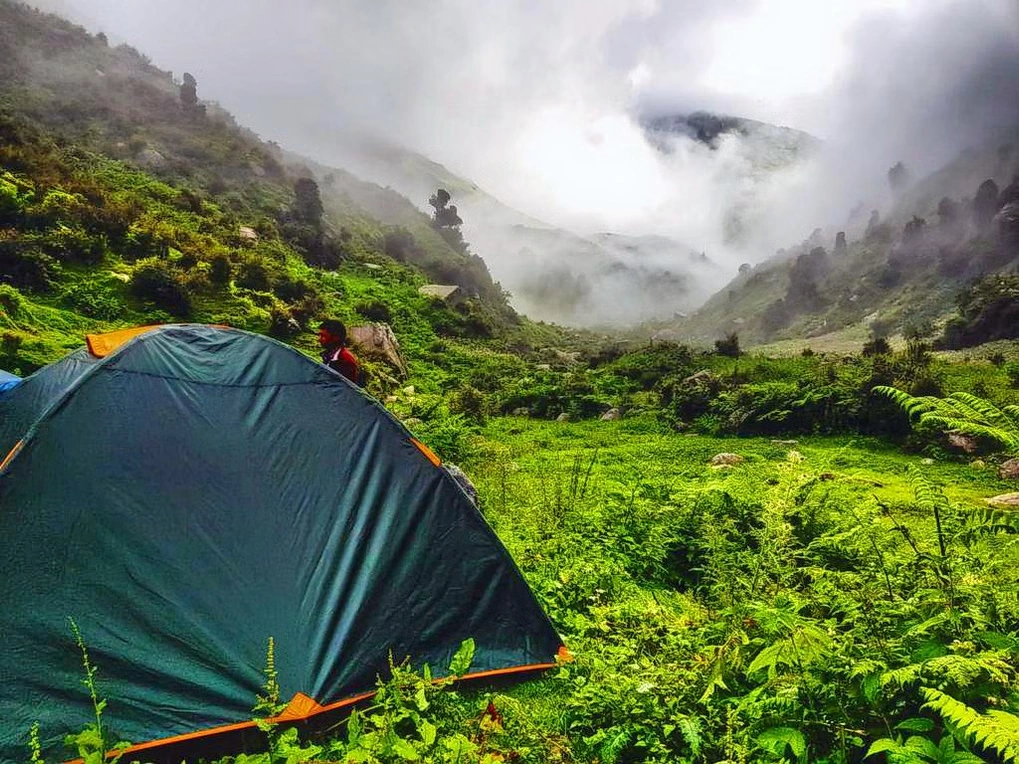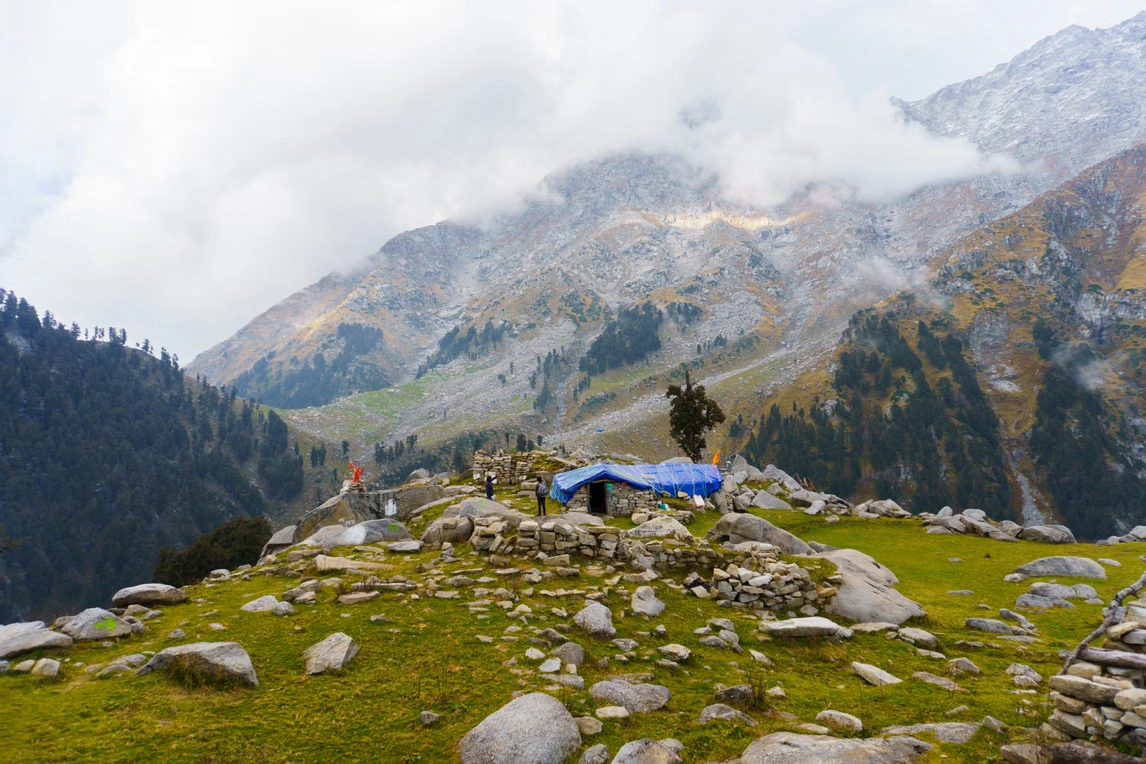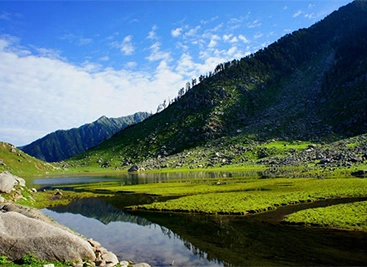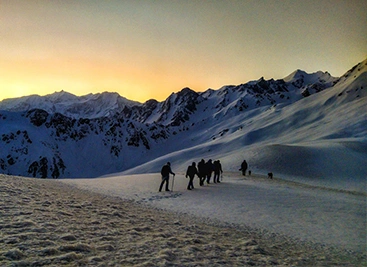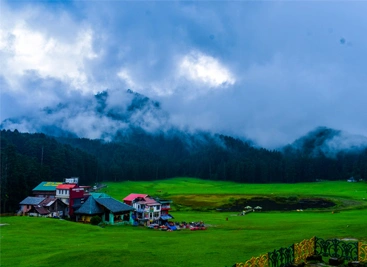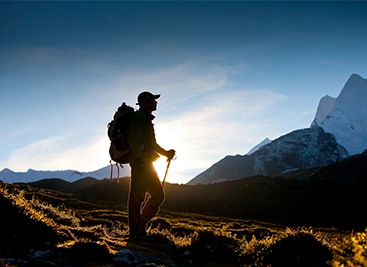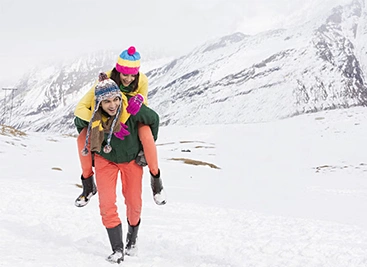The best time to experience the Indrahar Pass Trek is during September and October. These autumn months bring clear skies, pleasant daytime temperatures between 12°C and 18°C, and minimal chances of rain. You may even witness the season’s first snowfall by late October, making the views even more magical.
The Indrahar Pass Trek is rated moderate to difficult due to its steep ascents, rocky ridges, and uneven Himalayan terrain. It requires good physical stamina and basic trekking experience. The trail passes through geologically active zones, so being prepared both physically and mentally will make your journey safer and more enjoyable.
It is strongly advised to avoid alcohol and smoking during the trek. Both can lead to dehydration and reduced oxygen absorption, which may cause fatigue, breathlessness, and difficulty completing steep sections. Alcohol also lowers your body’s ability to retain warmth, increasing the risk of hypothermia in cold mountain conditions.
Weather conditions on the Indrahar Pass Trek vary greatly by season. In winter, the pass is covered in deep snow until early August. The monsoon months bring heavy rainfall to the Dhauladhar range. Post-monsoon, from September to October, you can expect sunny days (12°C to 20°C) and chilly nights (-2°C to 6°C), with occasional light snowfall at higher altitudes.
Yes, carrying Diamox is recommended for those sensitive to high-altitude conditions. Since the trek reaches 14,245 ft, there’s a risk of Acute Mountain Sickness (AMS) due to reduced oxygen levels. Diamox can help prevent symptoms like nausea, headaches, and breathlessness, but it should be taken after consulting a doctor.
